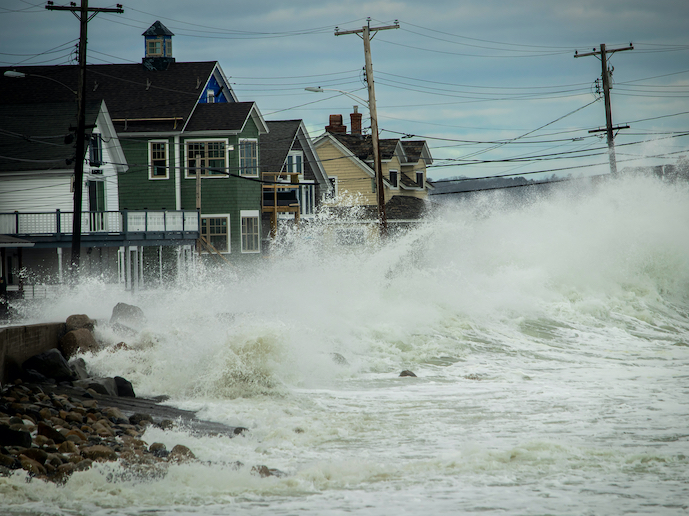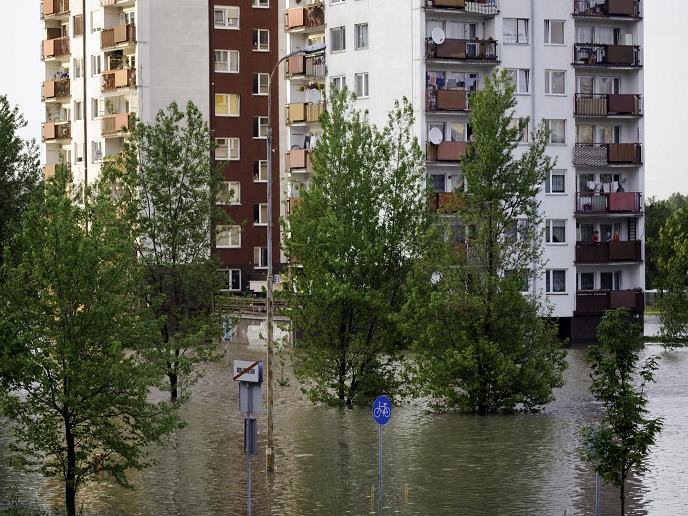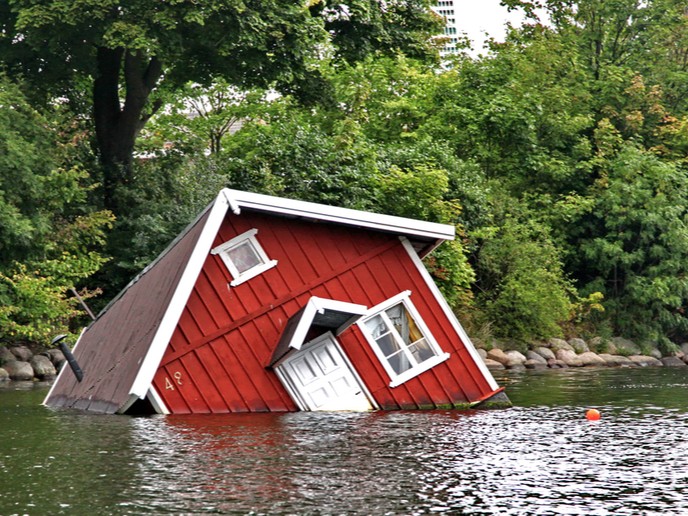Protecting Europe’s coastal areas from rising sea levels
One of the many effects of global warming is the expansion of seawater and melting of ice, both of which contribute to rising sea levels. According to a United Nations report, sea levels have risen faster over the last 100 years than any time in the last 3 000 years. With sea levels expected to rise by as much as 25 cm by 2050, coastal areas face an immediate threat. Not only could the flooding and extreme weather events caused by rising waters impact the people living in these low-lying regions, they could also impact critical infrastructure such as ports and dams. “Protecting these vulnerable coastal areas against storm surges, waves, flooding and erosion requires the development of high-performance coastal sea structures,” says Corrado Altomare, a researcher at the Polytechnic University of Catalonia (UPC). Helping meet this demand is the EU-funded DURCWAVE project. “Our aim is to develop long-term solutions for strengthening coastal defences against storm surges and rising sea levels,” adds Altomare, the project’s lead researcher and Marie Skłodowska-Curie fellow.
Amending current design criteria
Researchers started by reviewing current coastal defence regulations and identifying potential weaknesses. For example, they found that the current design criteria for preventing water from flowing over the crest of a coastal structure is insufficient for a future defined by intense wave overtopping. “As sea levels rise, many of Europe’s existing seawalls and dykes will fail to protect pedestrians, vehicles and critical infrastructure from extreme weather conditions,” explains Altomare. Based on these findings, the project helped amend current design criteria for sea dykes and coastal infrastructures located in urbanised, low-lying coastal areas. Using a combination of physical and numerical modelling, researchers tested how well these defences withstood various levels of wave overtopping and, more specifically, identified correlations between wave impact and overtopping flows. “This information not only raised awareness about the risk coastal communities face, it also resulted in a methodology that decision makers can use to estimate how vulnerable a coastal zone is to the effects of climate change,” notes Altomare. According to Altomare, Flanders Hydraulics Research, the hydraulic engineering lab run by Belgium’s Flemish regional government, has been closely following the project and has expressed interest in the DURCWAVE method. Furthermore, local authorities in Badalona, a coastal area in Spain, have relied on large-scale experimental modelling and sophisticated numerical modelling using the DURCWAVE findings to rebuild a key coastal infrastructure.
Laying the foundation for future collaborations
In addition to the methodology itself, the project has published an enormous number of articles in peer-reviewed scientific journals, along with presenting at a number of national and international conferences. “Through these dissemination activities, we engaged a larger community of researchers and numerical model practitioners on the subject of coastal vulnerability to climate change,” concludes Altomare. By establishing cooperation between the UPC and other European and non-European partners, the project has laid the foundation for future collaborations in the field of coastal safety and climate change.
Keywords
DURCWAVE, coastal areas, sea levels, global warming, flooding, extreme weather events, infrastructure, storm surges, sea structures, wave overtopping, climate change







